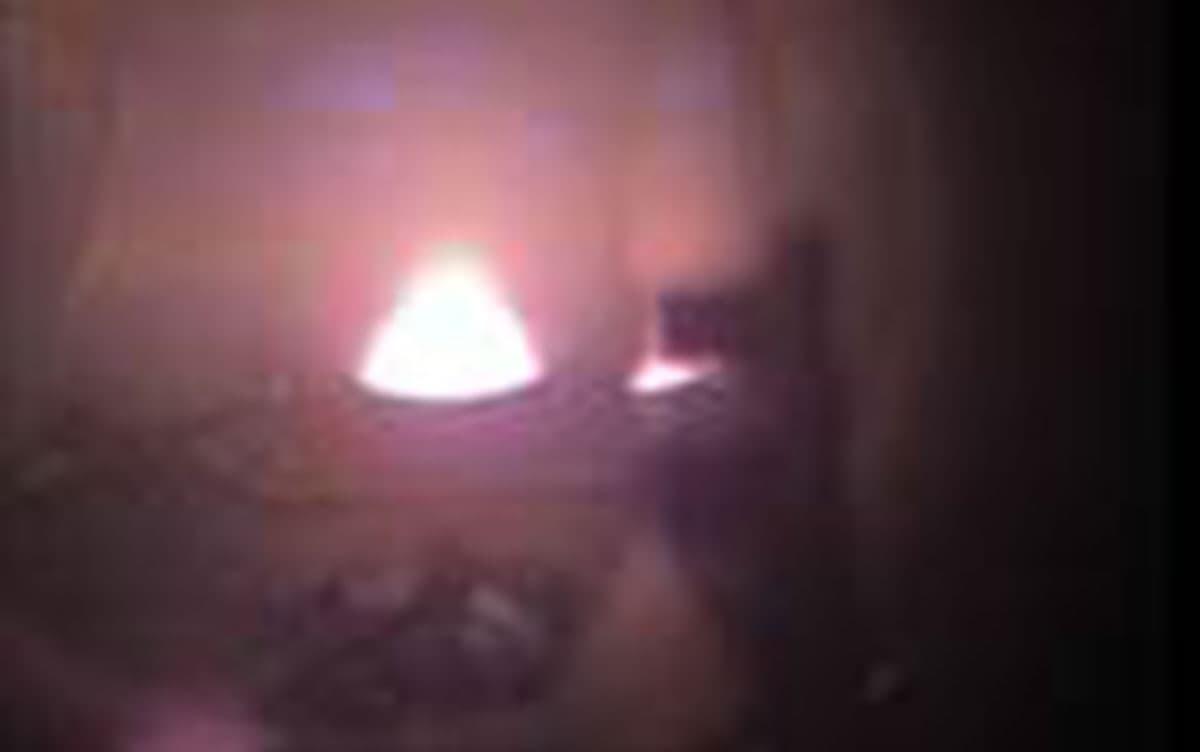Research News
Real-Time Analysis of Iron Oxide Thin Film Growth in Reactive Magnetron Sputtering

Researchers at University of Tsukuba have developed a technology for real-time estimation of the valence state and growth rate of iron oxide thin films during their formation. This novel technology was realized by analyzing the full-wavelength data of plasma emission spectra generated during reactive sputtering using machine learning. It is expected to enable high-precision control of the film deposition process.
Tsukuba, Japan—Metal oxide and nitride thin films are commonly used in electronic devices and energy materials. Reactive sputtering is a versatile technique for depositing thin films by reacting a target metal with gases such as oxygen or nitrogen. A challenge with this process is the transitioning of target surface between metallic and compound states, causing large fluctuations in film growth rate and composition. At present, there are limited effective methods for real-time monitoring of a material's chemical state and deposition rate during film formation.
A machine learning technique based on principal component analysis was employed to examine massive emission spectra generated within a reactive sputter plasma. This analysis focused on assessing the state of thin film formation. The results indicated that the valence state of iron oxide thin films was accurately identified using only the first and second principal components of the spectra. In addition, the film growth rate was predicted with high precision. A notable advantage of this approach is its use of full-wavelength information, rather than specific wavelength spectral lines or quartz crystals. Further, it was demonstrated that representative spectra corresponding to different valence states could be reconstructed using a combination of principal components that characterize each oxide phase, making the method effective for material identification.
The proposed method could enhance the understanding of reactive sputtering processes while being applicable as a real-time film deposition control technology. Future expansion to other metal oxide and nitride materials, as well as automated control systems, for deposition processes is anticipated, contributing to the enhancement of electronic materials and energy devices, as well as improved manufacturing efficiency.
###
This work was supported by the Japan Society for the Promotion of Science (JSPS) KAKENHI [22H04966, 23K26535, and 24H00408], and in part, by the Advanced Research Infrastructure for Materials and Nanotechnology in Japan (ARIM) of the Ministry of Education, Culture, Sports, Science and Technology (MEXT) of Japan [grant number JPMXP1224BA0008].
Original Paper
- Title of original paper:
- Estimation of valence state and growth rate using principal component analysis of plasma emission in reactive sputtering deposition
- Journal:
- Science and Technology of Advanced Materials: Methods (STAM-M)
- DOI:
- 10.1080/27660400.2025.2544523
Correspondence
Professor YANAGIHARA Hideto
Institute of Pure and Applied Sciences, University of Tsukuba
Related Link
Institute of Pure and Applied Sciences





